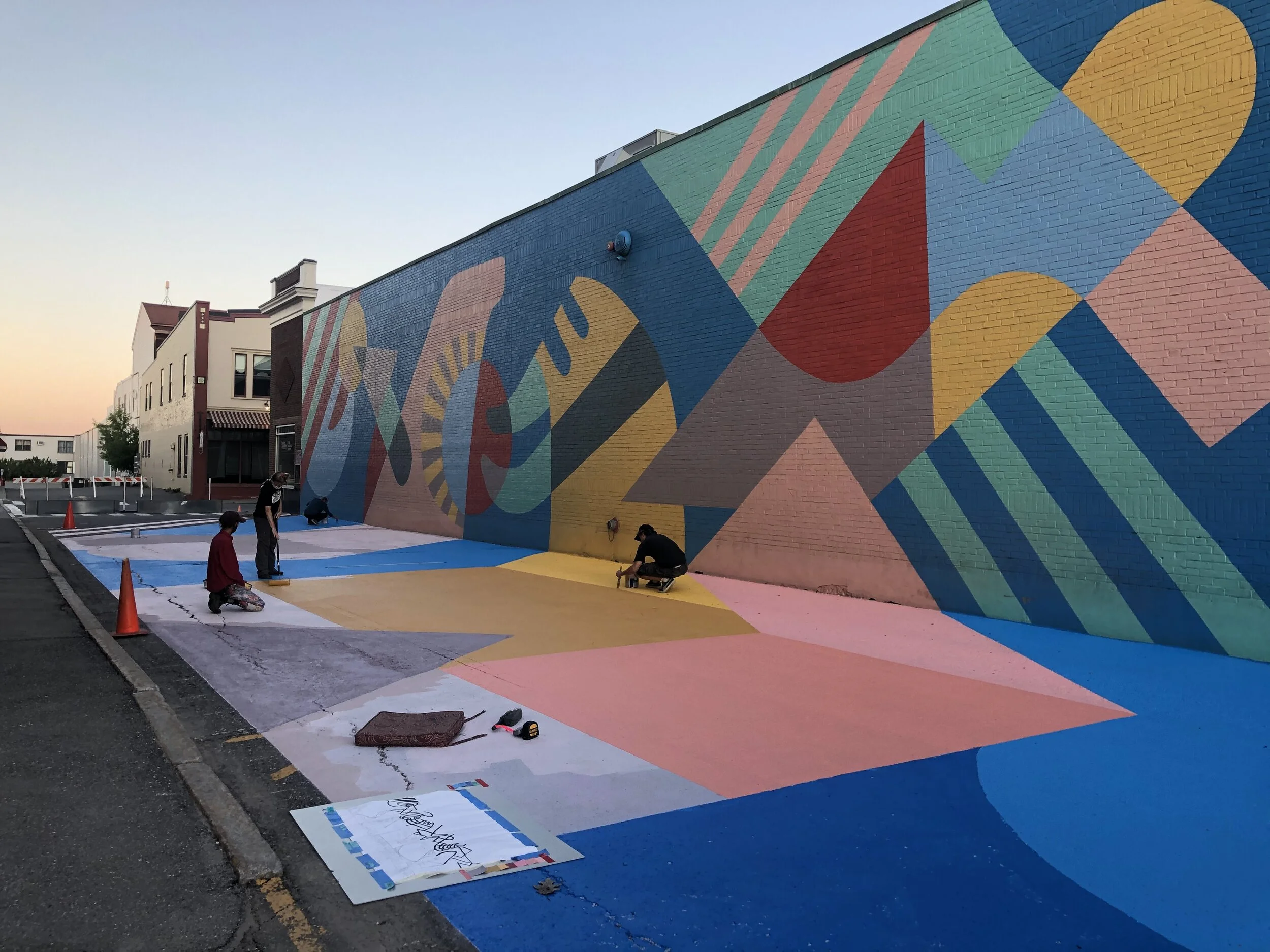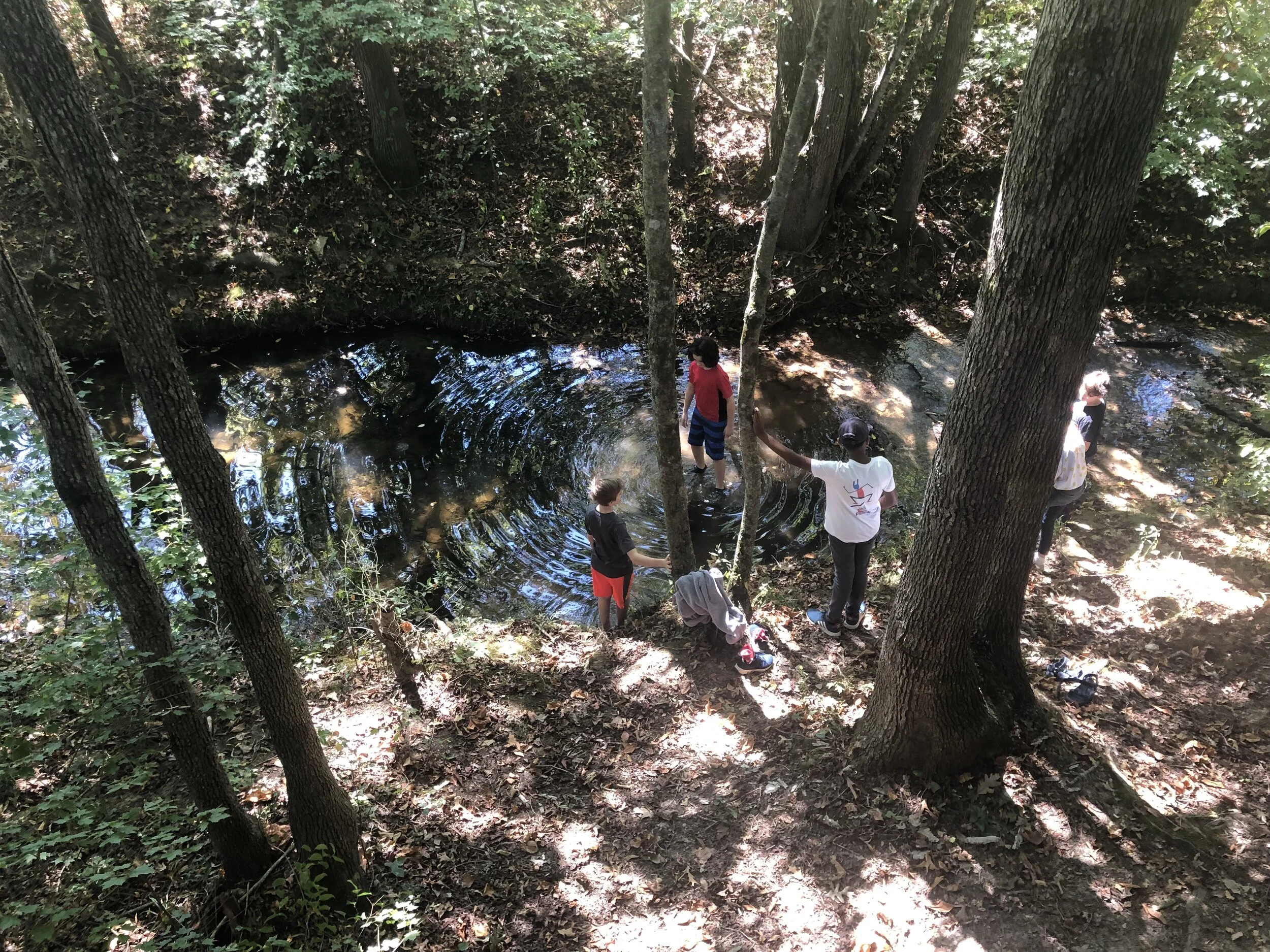Waiting vs. creating
From vision to reality. (June 2020)
One of my favorite restaurants, Cafe Miranda, has the coziest dining room, about the size of a small living room. In fact, the restaurant is built into a small house.
Each table at this restaurant had its own unique pair of vintage salt and pepper shakers. Kitschy decor was everywhere. Even the walls of the bathroom were covered with souvenir plates from around the world. A beautifully landscaped and decorated outdoor terrace, heated on cool nights by a wood fire, doubled the restaurant’s capacity.
I’m using the past tense because only a few days into the pandemic, all of that stuff became irrelevant. So did the restaurant’s complex menu, impossible to recreate with most of the team furloughed.
Instead of trying to hang on to what they had once had, Cafe Miranda reinvented itself as a takeout pizza joint, known as Pizza on the Street. Their once-cozy dining room, its entrance barricaded by a table and a panel of plexiglass, became a repository for pizza boxes, flats of plastic utensils, rolls of plastic bags, and the other paraphernalia required for a to-go operation.
Pizza on the Street installed a giant pizza oven that took up the entire outdoor dining area. They then collaborated with other local businesses and city government to close off a street so they could add picnic tables out front. They created an outdoor bar, complete with a large tent strung with white lights. They placed fire pits to allow for warmth and conversation while accommodating the requirements of social distancing. By the time the weather turned cold and the season of outdoor dining faded, Miranda had the resources to restore their full team and their full menu.
The successful innovation carried out by Cafe Miranda is a true pandemic success story. But it wasn’t just the result of inspiration or clever new ideas. Key to this tiny restaurant’s ability to adapt was the way they let go of who and what they had been. They were willing to give up on virtually everything they had built in order to survive in their new circumstances. On the street on a summer evening, with live music and the most garlicky pizza you could ever imagine, they made magic.
One of the things that made the pandemic so difficult in the beginning was the uncertainty. Without no knowledge of how long a given situation would last, it was hard to make decisions about the future. Change is never easy, and continuous change can be paralyzing. It might seem more appealing to stick with what you’re already good at -- or at least comfortable with -- and force it to work. At the very least, you might hold out and hope that the disruption is soon over with.
That’s not what the team at Cafe Miranda did. They made painful decisions back in March that gave them the space, by May, to create something that was custom-made for the new reality instead of retrofitted from the old one. There was no guarantee that it would be successful, but that’s okay. It’s a whole lot easier to pivot when you’re treating your work as an experiment instead of a sacred tradition.
Even now that it’s been nine months, some of us are still hoping that it’s all going to be over soon. Unfortunately, we still have a long way to go. What will the next nine months look like for you? What will you invent or reinvent? What will you create that reflects what your people -- whether they’re your clients, your students, or your family members -- need right now?
And most importantly, what can you let go of that might free you up to see something in a different way? How might you take your existing skills and knowledge to apply them in a fresh context?
Even if we’ve given up on clinging to what used to be, we might just stand by and wait for whatever’s next. We can also get out there and create it. It’s a tough choice, but it is a choice.





